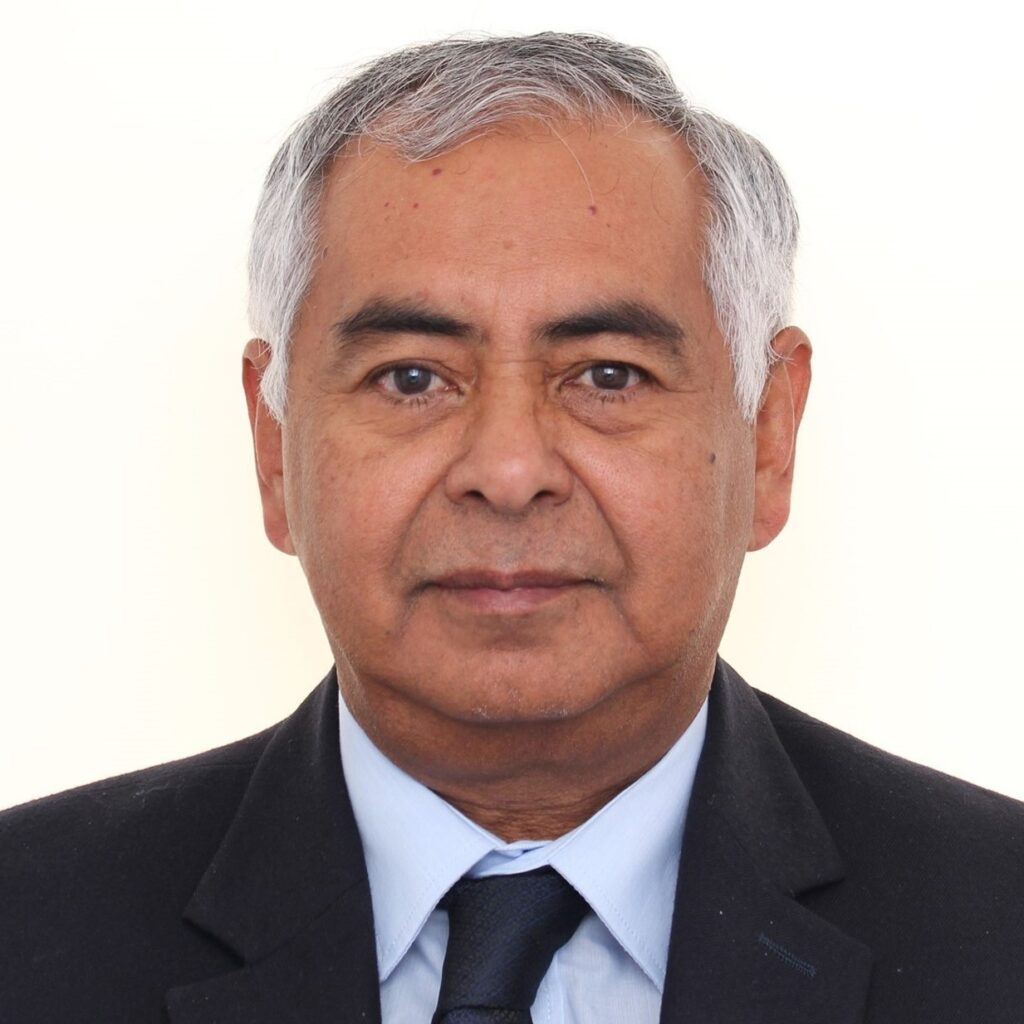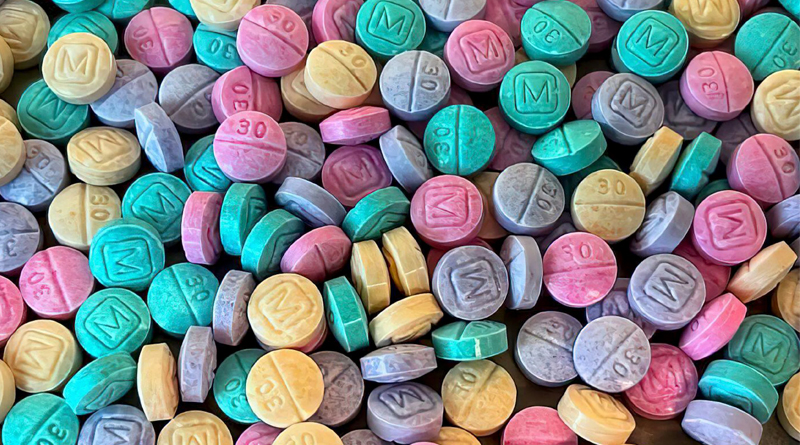The growing threat of fentanyl
By: Diana Bello Aristizábal
When a public health problem arises, people often tend to think it is something foreign to them. However, the fentanyl crisis, a synthetic opioid similar to morphine that is between 50 and 100 times more powerful than this drug, has already knocked on the doors of South Florida, and therefore it is urgent to take precautionary measures.
In the United States, deaths from fentanyl overdose increased by 94 percent between 2019 and 2021, according to data from the Centers for Disease Control and Prevention (CDC), while in this region, it was recently reported that more than half of cases have occurred in Broward County.
The most concerning part of this scenario is that children and youngsters are the ones who tend to be harmed by the intake of this drug, which requires strict medical surveillance because it is addictive and, in inadequate doses, lethal.
But currently, the danger is not only associated with its consumption without medical control but also in the fact that an illegal business has been created around this drug that has the authorities on alert.
According to the National Institute on Drug Abuse (NIDA), the illegally consumed fentanyl most often associated with overdoses is sold as power, put in eye droppers and nasal sprays, or made into pills that look like other prescription opioids. In its licit form, it can be given as a shot, a patch that is put on a person’s skin, or as lozenges.
Also, some drug dealers are mixing fentanyl with illicit drugs, such as heroin, cocaine, methamphetamine, and MDMA, because it takes very little to produce a high with fentanyl. In this sense, many times, the danger of death lies in the mixture of chemicals that are used to give it more power when it is manufactured outside the law.

“Many people who overdose do not intend to ingest such a high dose of this drug; however, they don’t really know what they are ingesting, and that is when fatalities occur,” says the Chief of Police of Doral’s Police Department, Edwin Lopez.
And in view of this, should we be concerned at the local level? According to Lopez, although Doral and Miami-Dade County, in general, have not been immune to the fentanyl crisis, it is not prevalent in this part of South Florida, which doesn’t mean that preventive measures should not be adopted.
“We have been impacted by this problem, but not at the level of other communities. We know that many of the individuals involved use candies to transport fentanyl, and unfortunately, sometimes these accidentally fall into the hands of children and youngsters,” Lopez says.
Lopez explains that there is no way to visually identify whether or not the edible is free of fentanyl. Therefore, the main recommendation is to be very careful when collecting candy on Halloween or other special celebrations.
“You have to know the source where they come from, although this doesn’t protect us 100 percent, because they can come from a trusted friend or family member, but we don’t know where they got it from, it’s a chain reaction. Unless they have been bought in a store, you should not let your guard down,” adds the Chief of Police.
On the other hand, medicines must be stored correctly at home in such a way that they are never within the reach of children, especially if it’s about a potentially deadly opioid such as fentanyl. “It is a crime to leave in the sight of children any drug or item that poses a threat to them. Adults who commit this offense could be legally accused of negligence,” clarifies Chief Lopez.
It must be remembered that any medicine if taken in the wrong dose, can be lethal to a child. “Always keep your medications locked up, even if you live with teenagers since sometimes motivated by life’s worries, they can adopt suicidal behaviors,” warns Lopez.
In addition, always purchase medications from reputable licensed pharmacies. “There are many clandestine businesses that are accessed by people without insurance or a doctor, exposing themselves to dangerous situations.”
Why is fentanyl so dangerous?
In addition to the above recommendations, we must be extremely cautious when taking this drug, even if it has been legally prepared and prescribed by a doctor since it produces something known as tolerance with the subsequent consequences that this pose.

“This medicine was created to manage intense pain in diseases such as cancer. Although at first it calms the pain, later the body’s cells become used to the substance, and there comes a time when it stops having the same effect,” explains Jairo Téllez Mosquera, a toxicologist and specialist in drug dependence.
When this happens, the patient begins to feel the need to either increase the dose or the frequency of the dose already taken. “If, for example, before they took a fentanyl shot every third day, now they will need one daily,” he adds.
The danger of getting to this point is that the substance quickly produces tolerance and withdrawal. In other words, an addictive pattern similar to that observed in the consumption of illicit drugs such as cocaine or heroin is created.
“This situation occurs even when it’s obtained legally under a prescription but taken at home. The person who takes the drug has an increasing pleasant feeling but is not realizing what is happening in their body,” the specialist says.
It is then that an overdose can arrive, whose first manifestation is a stoppage of the respiratory muscles which ends in death. And why does this happen even when it is prescribed by a doctor? According to Dr. Téllez, the answer is that its use cannot be controlled as it would be done in a hospital or clinic.
“For this reason, one of the main recommendations of the World Health Organization (WHO) is that it should not be sold for home use, but rather be limited to the exclusive use of clinics and hospitals,” the doctor concludes.

